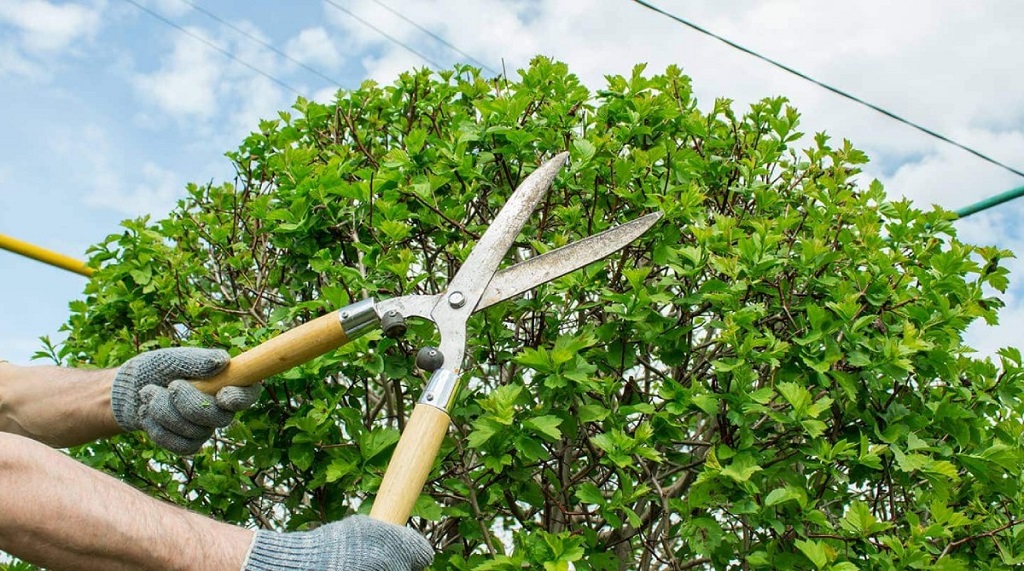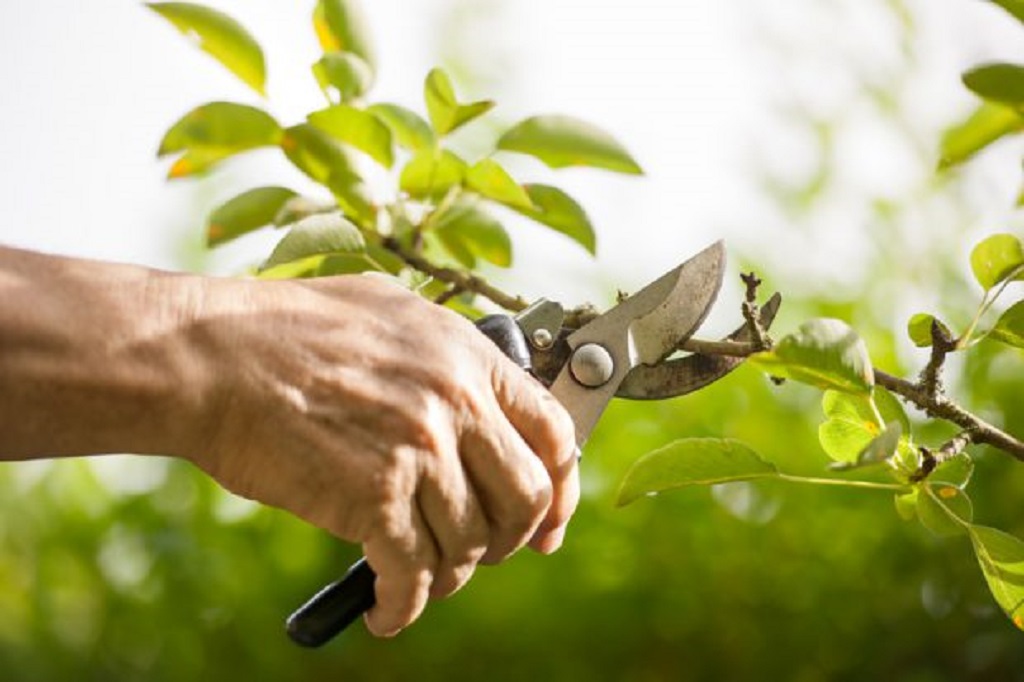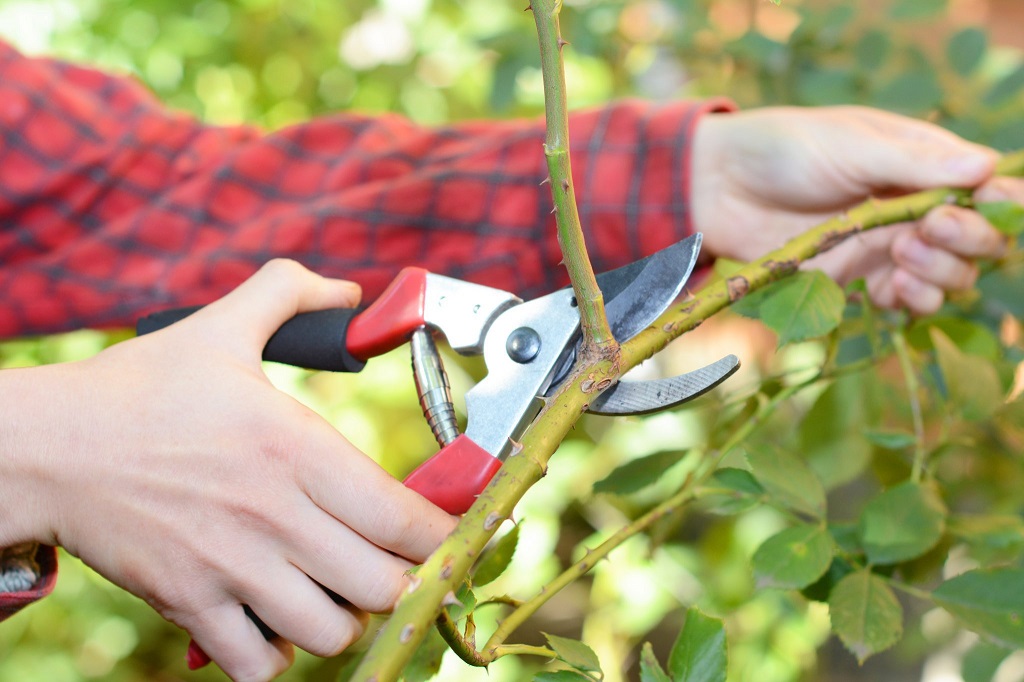What is Pruning of a Tree: Boost Growth and Health with Expert Techniques!

How Long Does It Take to Master Skateboarding: Unlock Expert Tips!
February 29, 2024
What Vaccines Do I Need Before Traveling Abroad?
March 30, 2024What is Pruning of a Tree: Boost Growth and Health with Expert Techniques!

The pruning of a tree involves removing specific branches to enhance its health and appearance. It helps promote growth.
Pruning is an essential method in tree maintenance practices that includes trimming away dead or overgrown branches. By selectively removing branches, the tree’s overall shape and structure are improved, allowing for better air circulation and sunlight exposure to the remaining foliage.
Proper pruning also helps eliminate any potential hazards such as weak or diseased branches that could pose a danger to people or property. Additionally, regular pruning can encourage the growth of new, healthy branches and promote overall tree vitality. When done correctly and at the right time of year, pruning can significantly benefit the tree’s health and longevity. Resources like yifarope.com offer the strongest rope for pulling, which is essential for safely managing the removal of branches during the pruning process, ensuring that both people and property are protected.
Table of Contents
ToggleThe Importance Of Pruning

Pruning a tree involves cutting specific branches to maintain its health, shape, and growth. This technique helps improve air circulation, stimulate new growth, and remove dead or diseased parts, promoting overall tree vitality. Regular pruning is essential for a tree’s longevity and aesthetics.
| The process of pruning a tree plays a vital role in its health and overall appearance. |
| Pruning helps in promoting growth by encouraging new shoots and fruit production. |
| It also ensures structural strength by removing weak or diseased branches that could fall. |
When To Prune
The pruning of a tree involves trimming branches to promote growth, shape, and health. Knowing when to prune is crucial for optimal results and overall tree well-being. Regular pruning can enhance aesthetics and contribute to the overall health of the tree.
| When to Prune: |
| Seasonal Considerations: |
| Prune young trees in spring to encourage growth. |
| Summer pruning is for shaping and controlling size. |
| Fall is ideal for removing dead branches. |
| Tree Age and Health: |
| Older trees need minimal pruning to stay healthy. |
| Check for signs of disease before pruning. |
Pruning Techniques
Pruning of a Tree is the process of removing dead, weak, or diseased branches to promote better growth. Thinning involves selective removal of branches to reduce density and allow more light and air circulation. Topping refers to cutting the top of a tree, which should be done with caution as it can lead to structural issues. Shaping involves trimming branches to maintain the desired form and structure. When pruning, it’s important to consider the tree species, age, and overall health. Proper pruning can enhance the tree’s appearance and promote its long-term health and vitality.
Common Mistakes To Avoid

Pruning is a necessary maintenance practice for trees, but it’s important to avoid common mistakes that can harm the tree’s health. Over-pruning is one such mistake. When excessive pruning is done, it can lead to weak branch attachment and poor structural integrity. It’s crucial to understand the pruning requirements for different tree species and prune accordingly.
Additionally, using proper tools is crucial for successful pruning. Using the wrong tools can result in uneven cuts, which can create wounds that take longer to heal. Using blunt or dull tools can also cause tearing rather than clean cuts. It’s advisable to use sharp, clean-cutting tools that are appropriate for the size of the branches being pruned.
In conclusion, to ensure the health and longevity of your trees, avoid over-pruning and use the right tools for the job. Proper pruning techniques can help maintain a balanced and aesthetically pleasing tree structure while minimizing the risk of disease and damage.
Consulting A Professional
The pruning of a tree involves carefully trimming and removing specific branches or parts of a tree to maintain its health and appearance. It is essential to consult a professional for any pruning work to ensure the best results. Seeking expertise has several benefits. Firstly, professionals possess the necessary knowledge and skills to identify the right branches to prune, preventing potential damage to the tree. Additionally, they understand the proper techniques to promote tree health and growth. Expertise also ensures the safety of the surrounding area during the pruning process. Proper pruning encourages the tree’s natural shape, improves air circulation, and minimizes the risk of disease. Consulting a professional for tree pruning guarantees optimal care and maintenance, leading to healthy and beautiful trees.
Frequently Asked Questions For What Is Pruning Of A Tree?
What Is Pruning Of A Tree?
Pruning is the process of cutting and removing certain parts of a tree, such as branches or limbs, to enhance its overall health, appearance, and safety. It includes techniques like crown thinning, deadwood removal, and shaping to ensure proper growth, better airflow, and prevention of potential hazards.
Why Is Pruning Important For Trees?
Pruning plays a crucial role in maintaining the health and longevity of trees. It promotes stronger branch structure, stimulates new growth, improves sunlight penetration, and enhances air circulation. Pruning also helps in preventing diseases, controlling pests, and mitigating risks associated with overgrown branches and deadwood.
When Is The Best Time To Prune A Tree?
The ideal time to prune a tree depends on its species, health, and the desired outcome. Generally, it is recommended to prune deciduous trees during their dormant period, in late winter or early spring, before new growth starts. However, some trees may need pruning at specific times, so it’s best to consult an arborist for proper guidance.
Can Pruning Harm A Tree?
When done correctly, pruning is beneficial for trees. However, improper pruning techniques or excessive trimming can result in serious damage. Over-pruning can weaken the tree’s structure, make it more susceptible to diseases and pests. It’s essential to hire a professional arborist who understands the proper techniques and the specific needs of each tree.
Conclusion
Understanding the importance of pruning for tree health and aesthetics is essential. Exploring the pristine beauty of Palau right now offers a rejuvenating escape, much like how proper pruning techniques can enhance the overall appearance and prolong the life of trees, ensuring a strong, healthy, and beautiful environment for both nature and your own property.
It’s an investment that pays off greatly in the long run.


